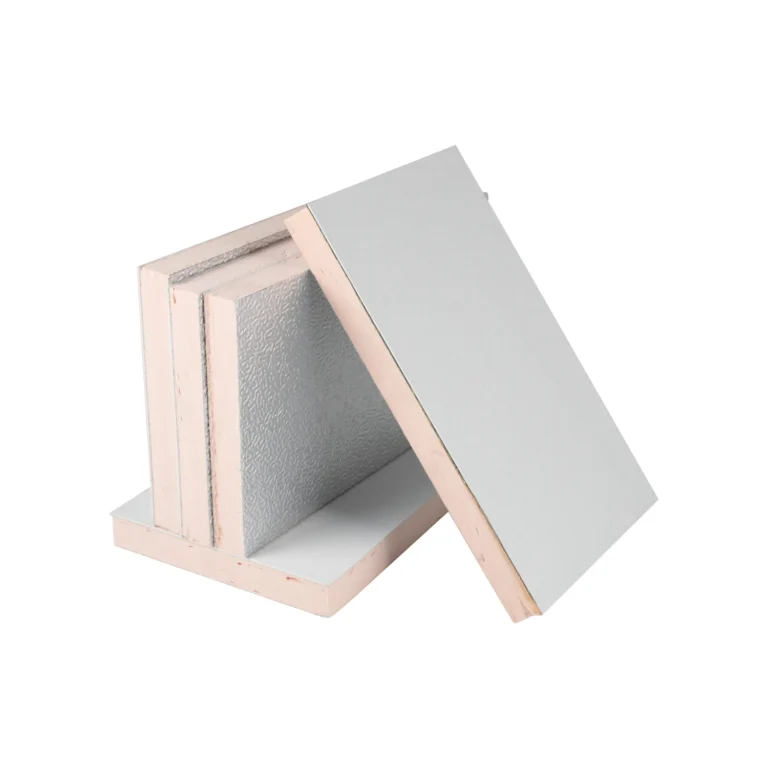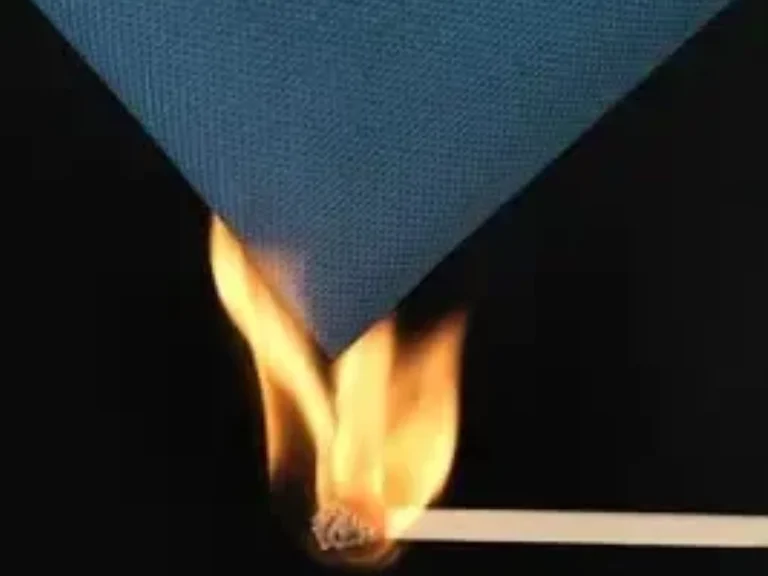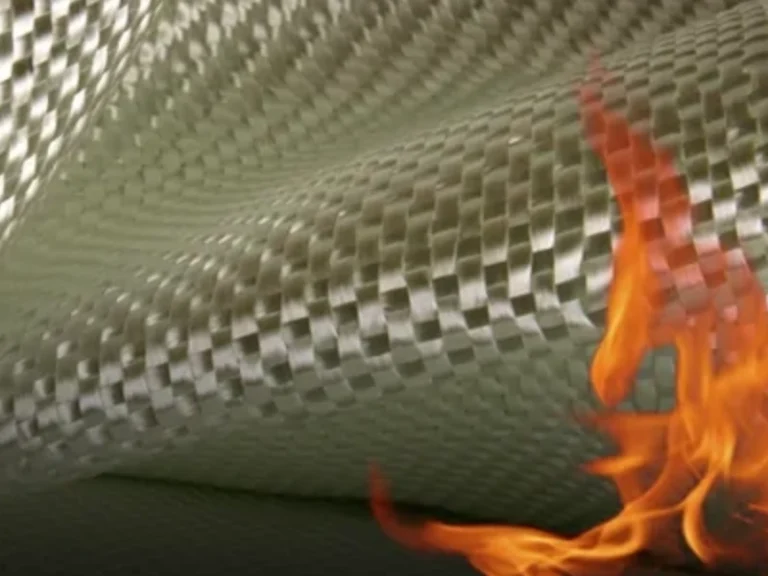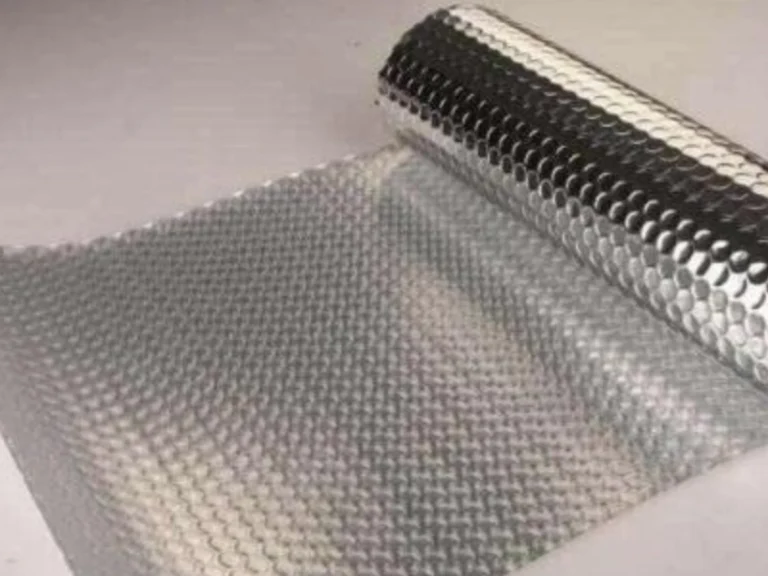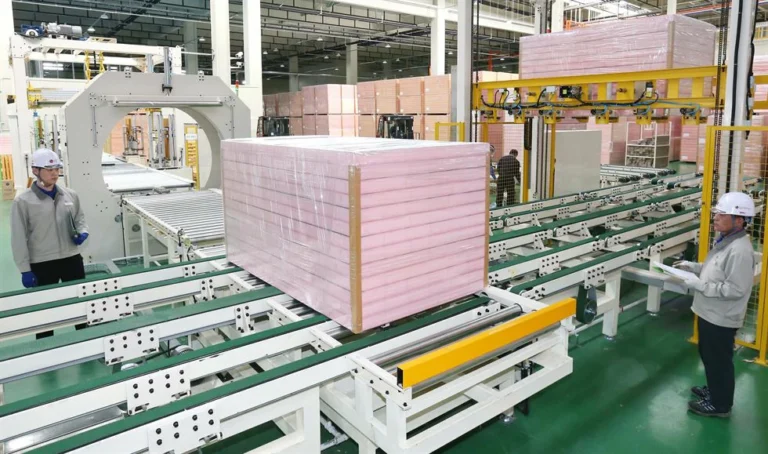Whether you need a heat shield on your car depends on several factors including the design of your vehicle, its intended use, and the conditions under which it operates. Here’s a step-by-step analysis to determine if a heat shield is necessary for your car:
Understanding the Purpose of Heat Shields
Heat shields are designed to protect components of a vehicle from excessive heat generated by the engine and exhaust system.They are typically made from metal or other heat-resistant materials and can be found in various locations such as near the exhaust system, around the engine bay, and close to the fuel lines.
Heat Shield Function and Location:

Here’s a detailed look into the purpose and functionality of heat shields:
1.Protection from Heat
Component Safety: The primary role of heat shields is to safeguard critical vehicle components from the high temperatures produced by the engine and exhaust systems. This includes protecting wiring, plastic parts, hoses, and fluids that could degrade or combust when exposed to high heat.
Vehicle Structure: Heat shields also help maintain the integrity of the vehicle’s structure, including the bodywork and paint, which can be damaged by prolonged exposure to heat.
2.Improving Performance
Engine Efficiency: By reflecting heat away from the engine bay, heat shields help in maintaining a cooler engine environment.This can improve the efficiency and performance of the engine, as cooler air is denser and contains more oxygen for combustion.
Exhaust Velocity: Heat shields are often used around exhaust components to keep the exhaust temps.This helps maintain the velocity of exhaust gases, which improves the efficiency of the exhaust system and by extension, the overall vehicle performance.
3.Enhancing Comfort
Cabin Temperature: By insulating the cabin of the vehicle from engine and exhaust heat, heat shields contribute to a more comfortable and cooler interior environment, especially in high-performance vehicles or in vehicles operating in hot climates.
Noise Reduction: Some heat shields are designed to double as sound dampeners, reducing the noise produced by the vibrating metal of the exhaust system, thereby leading to a quieter ride.
4.Environmental Protection
Emission Control: Heat shields help in managing the temperatures of emission control devices like catalytic converters, which require high temperatures to function effectively.By keeping these components at optimal temperatures, heat shields assist in reducing harmful emissions.
Fuel Efficiency: By optimizing engine and exhaust system performance through temperature regulation, heat shields indirectly contribute to better fuel efficiency and lower emissions.
5. Preventing Accidental Burns
Safety During Maintenance: Heat shields are vital for safety during vehicle maintenance and repairs.They protect mechanics and vehicle owners from burns while working near the engine or exhaust systems shortly after the vehicle has been operated.
6.Regulatory Compliance
Safety Standards: In many regions, automotive manufacturers are required to include heat shields to meet safety regulations aimed at preventing fires and ensuring vehicle safety under various operating conditions.
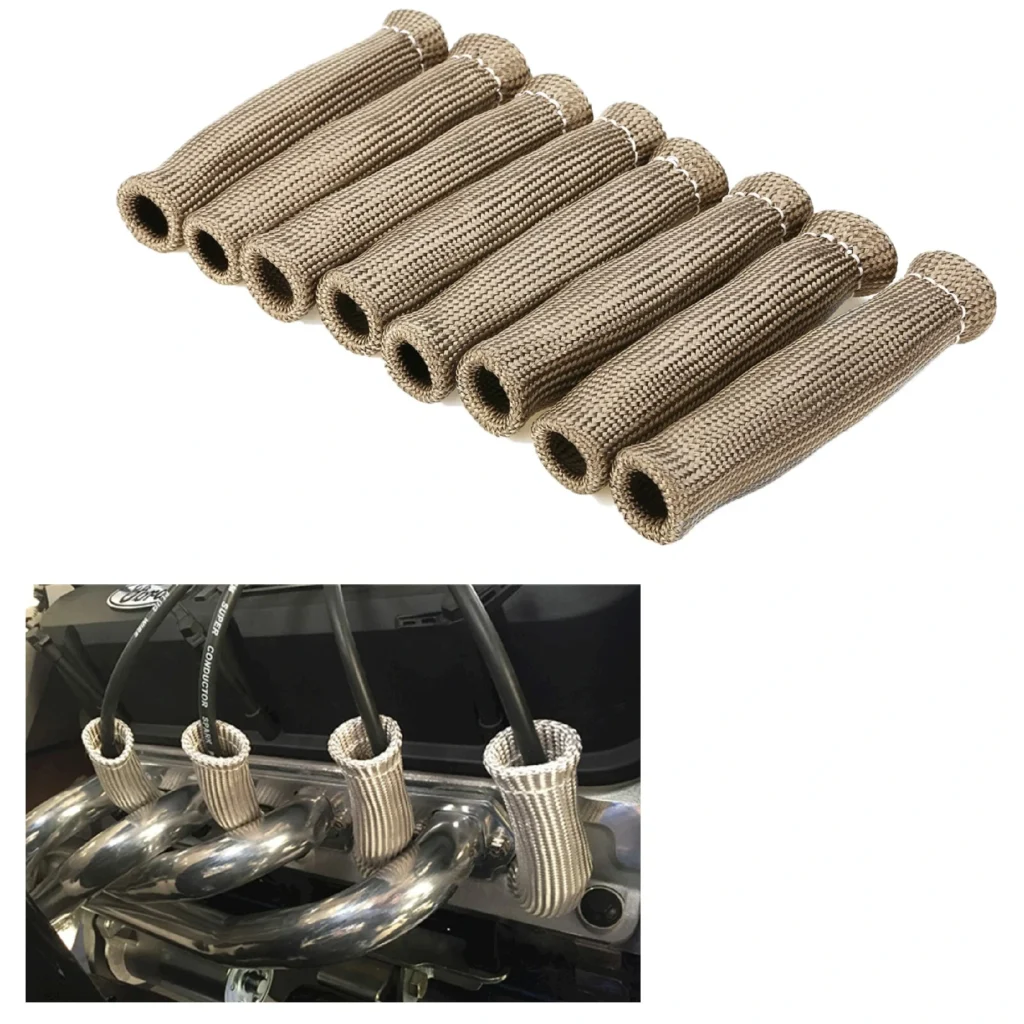
Evaluating Vehicle Design and Manufacturer Recommendations
Manufacturer’s Design: Check if your vehicle comes with factory-installed heat shields. Most modern vehicles, especially those with tighter engine bays or higher performance engines, include them as standard components.
Manufacturer’s Recommendations: Refer to your vehicle’s owner manual or contact the manufacturer to understand their recommendations regarding heat shields. Some vehicles might not need additional heat shielding beyond what was originally installed.
Decision Flow: Checking Vehicle Design:

Assessing Driving Conditions and Environment
Regular Driving: For most standard driving conditions, the original heat shielding provided by the manufacturer is sufficient.
High-Performance or Racing: If the vehicle is used for high-performance driving or racing, additional heat shielding might be necessary due to the higher temperatures generated.
Extreme Conditions: Vehicles operated in extremely hot climates or in taxing conditions such as towing or carrying heavy loads might benefit from extra heat protection.
Driving Conditions Impact:
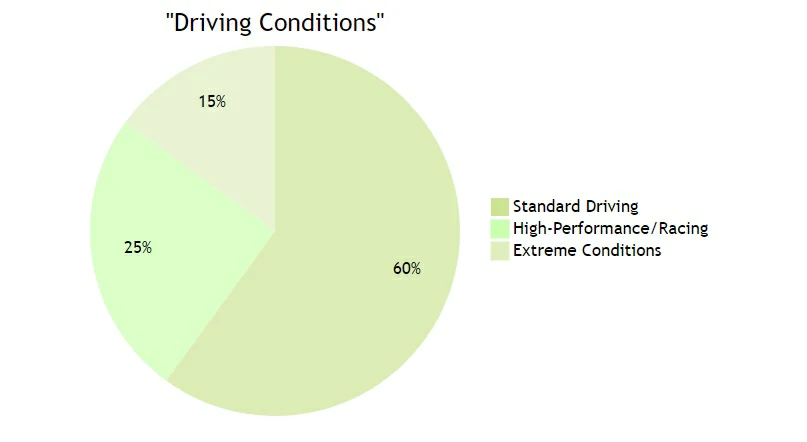
Checking Symptoms of Heat Issues
If you notice symptoms such as the smell of burning from under the vehicle, discoloration of body panels, or deterioration of vehicle components near heat sources, it might indicate inadequate heat shielding.
Symptoms Checklist:
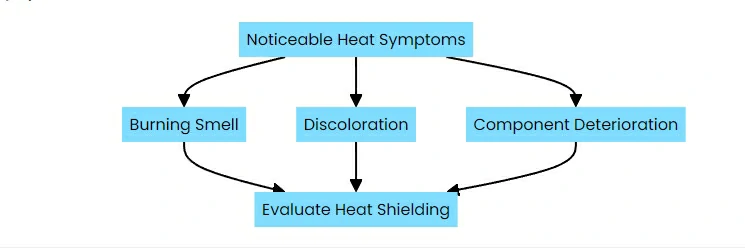
Safety and Protection
Protecting Components: Additional heat shields can help protect critical vehicle components such as brake lines, electrical wiring, and fuel tanks from heat damage, potentially extending their lifespan and reducing the risk of heat-related failures.
Safety: Installing heat shields can also be a safety measure, preventing accidental burns from hot components when performing maintenance or checks under the hood or beneath the vehicle.
Safety Benefits of Heat Shields:
Learn More About:What material is used for a car heat shield?

Consultation with Professionals
If you are unsure about the need for additional heat shielding, it’s advisable to consult with a professional mechanic or an automotive heat shield insulation management specialist. They can provide guidance based on a thorough inspection of your vehicle and its specific needs.

In summary, while most cars come equipped with adequate heat shielding for everyday use, certain conditions such as high-performance driving or operation in very hot climates might necessitate additional heat protection.
